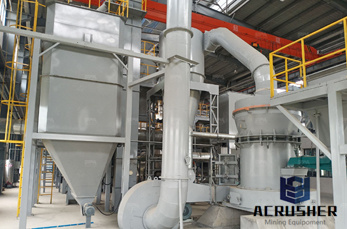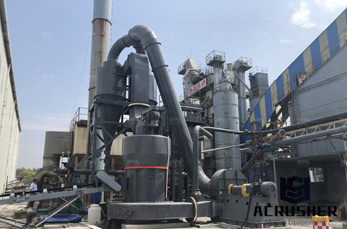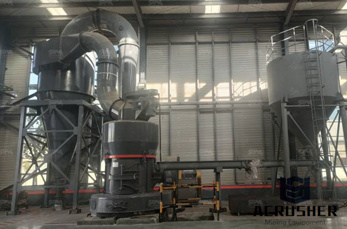Difference Between Igneous, Sedimentary and Metamorphic ...
Igneous, Sedimentary vs Metamorphic Rocks The main difference between Igneous, Sedimentary and Metamorphic rocks, is the way that they are formed, and their
 WhatsApp)
WhatsApp)
Igneous, Sedimentary vs Metamorphic Rocks The main difference between Igneous, Sedimentary and Metamorphic rocks, is the way that they are formed, and their

Igneous comes from the Latin ignis or ''fire''. Molten (melted) rock called magma exists deep within the earth. It is continuously under great pressure and heat and ...

MINERALS OF IGNEOUS ROCKS : To correctly classify many igneous rocks it is first necessary to identify the constituent minerals that make up the ... (fool''s gold).

Photographs and descriptions of intrusive and extrusive igneous rocks with links to detailed articles by ... The history, geography and geology of gold prospecting by ...

Igneous rocks are born in fire. There are two types of igneous rocks. The first type and most common is the intrusive igneous rocks. These rocks form when a pocket ...

Rocks and Minerals Gold and Silver. Gold and silver are commonly found in areas where igneous and metamorphic activity has occurred and are generally associated with ...

Stanford University Libraries'' official online search tool for books, media, journals, databases, government documents and more.

Various theories of ore genesis explain how the various types ... they may occupy intrusive igneous rocks such as granite. Lodegold deposits are intimately ...

Igneous plutonic (or intrusive) rocks are those which have formed deep underground as magma cooled slowly over thousands of years following their emplacement.

Photographs and information for a large collection of igneous, metamorphic and sedimentary rocks.

: Potassic Igneous Rocks and Associated GoldCopper Mineralization (): Daniel Müller, David I. Groves: Books

Read Potassic Igneous Rocks and Associated GoldCopper Mineralization by Daniel Müller with Kobo. This book reviews the geochemical and petrological characteristics ...

Igneous rocks that form deep within the Earth''s crust where temperatures are very high might take thousands of years to cool down. This causes the crystals to be ...

Geology of gold. Properties of gold ... during a period of intense metamorphism and intrusion of igneous rocks. The goldbearing quartz reefs in Victoria are ...

Granite is an intrusive igneous rock that has many uses in building construction and architectural design.

Illustrated overview and examples of igneous rocks: basalt, granite, obsidian, pumice, gabbro, porphyry...

Is gold igneous, metamorphic, or sedimentary? The KGB Agent answer: Sedimentary, igneous, and metamorphic are terms used to describe types of rocks. Gold is a mineral ...

Gabbro ( / ˈ ɡ æ b r oʊ /) refers to a large group of dark, often phaneritic (coarsegrained), mafic intrusive igneous rocks chemically equivalent to basalt.

Igneous rocks are one of the three major rock types and are basically rocks that solidified from magma. Magma is the term for liquid or melted rock and is ...

Igneous rocks are classified according to their mineral content: Ultramafic rocks are dominated by olivine and/or pyroxene. Mafic rocks are dominated by plagioclase ...

Photographs and descriptions of intrusive and extrusive igneous rocks with links to detailed articles by

Information about the USGS Tellurium in Igneousrelated Epithermal Precious Metal Deposits in Colorado and New Mexico project.

Interesting Igneous Rocks Facts: When magma rises to the surface of the Earth and hardens, it forms extrusive igneous rock. Extrusive igneous rock tends to be glassy ...

Tuesday Reading and Research. In order to properly understand igneous rocks, one must understand the environment where they solidified.
 WhatsApp)
WhatsApp)